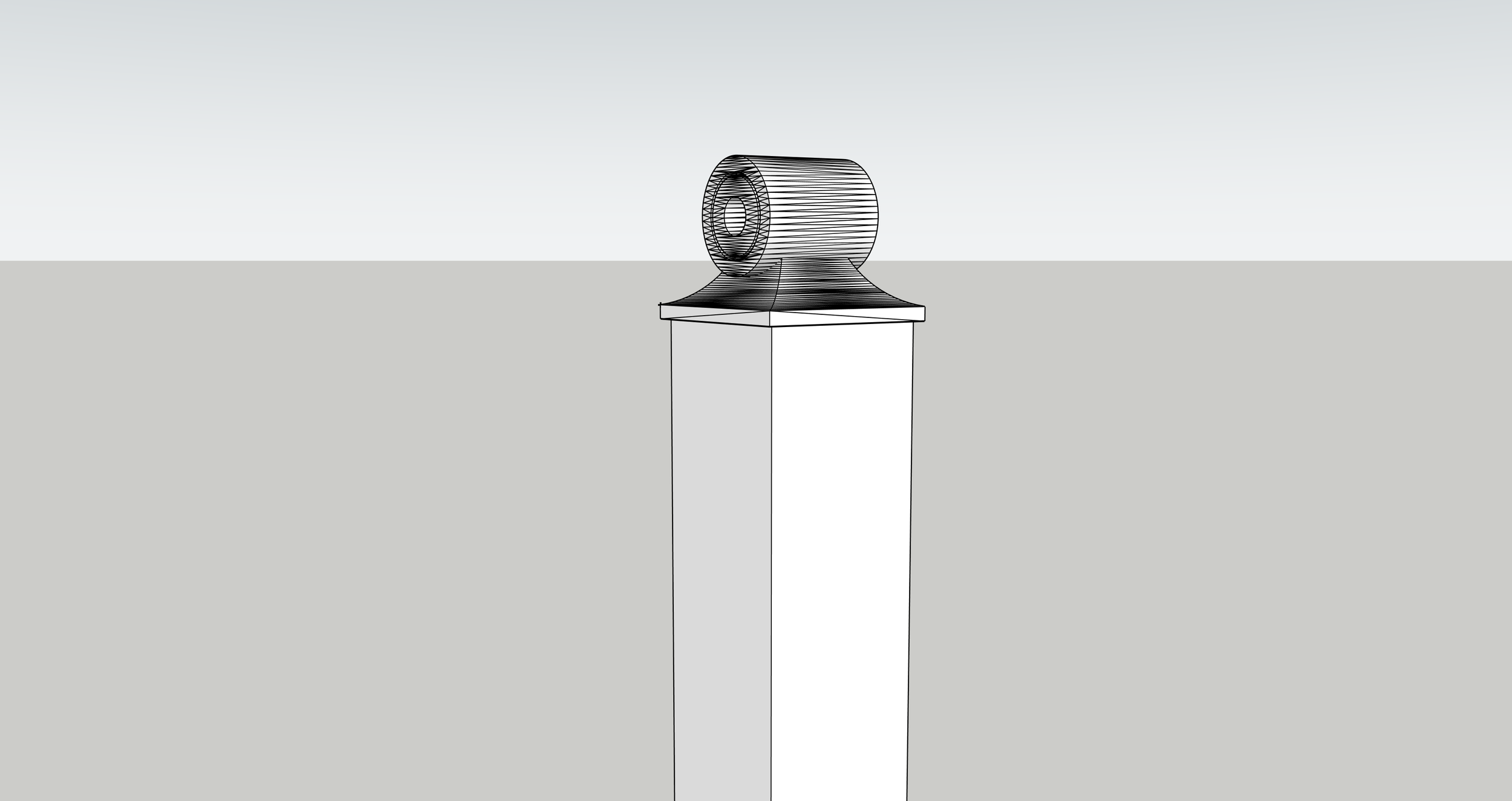
Replacement Gallery Stanchions
This was one of my first projects I began for use in a museum, while I was the Collection Care Associate there. These stanchions show the wear and tear that decades of service to the collection have led to. Many of the loops for hooking the stanchions are mangled from visitors knocking them over, to the point where they're gone completely, or soon will be.
The Gardner also tracks incident reports very closely, as visitorship at the museum continues to grow. An average weekday can see over 500 visitors, and each Saturday and Sunday can see 2000 visitors making their way through the galleries. Like the streets of Boston, the galleries at the Gardner were not envisioned for this kind of traffic. Which led to requests for additional stanchions, as Conservation department data showed they are effective.
Unfortunately, the historic stanchions are made of heavy cast brass, and exploring reproducing them in that manner would be quite expensive.
The first project was finding a new way to cut a stanchion down, and 3D printing a new head for it. We had an excess of broken taller stanchions, and aesthetically, shorter ones were desired. The previous solution had been to chop the stanchions down, drill holes in the two ends, fit a square piece of wood inside, and screw the two halves together.
I found this unsatisfactory, as it left a visible seam between the halves, visible screws, and did not solve the problem of broken stanchion heads.
This also shows how 3D prints can be post processed in a similar manner to many other materials, as I used filler, sanding, and paint to match the brass color.
Also, having a brass base, and no ability to do hot work on site, meant fixing them to the floors to prevent them being knocked over was difficult.
My solution was 3D modeling the head, and main body of the base in sketchup, and 3D printing those components in PETG. The upright for the stanchion was an extruded aluminum square stock, and the ‘skirt’ around the base was poplar. This made it much easier to attach them to the floors, lighter, modular for replacing damage parts if needed, and under $40 in materials to produce.





